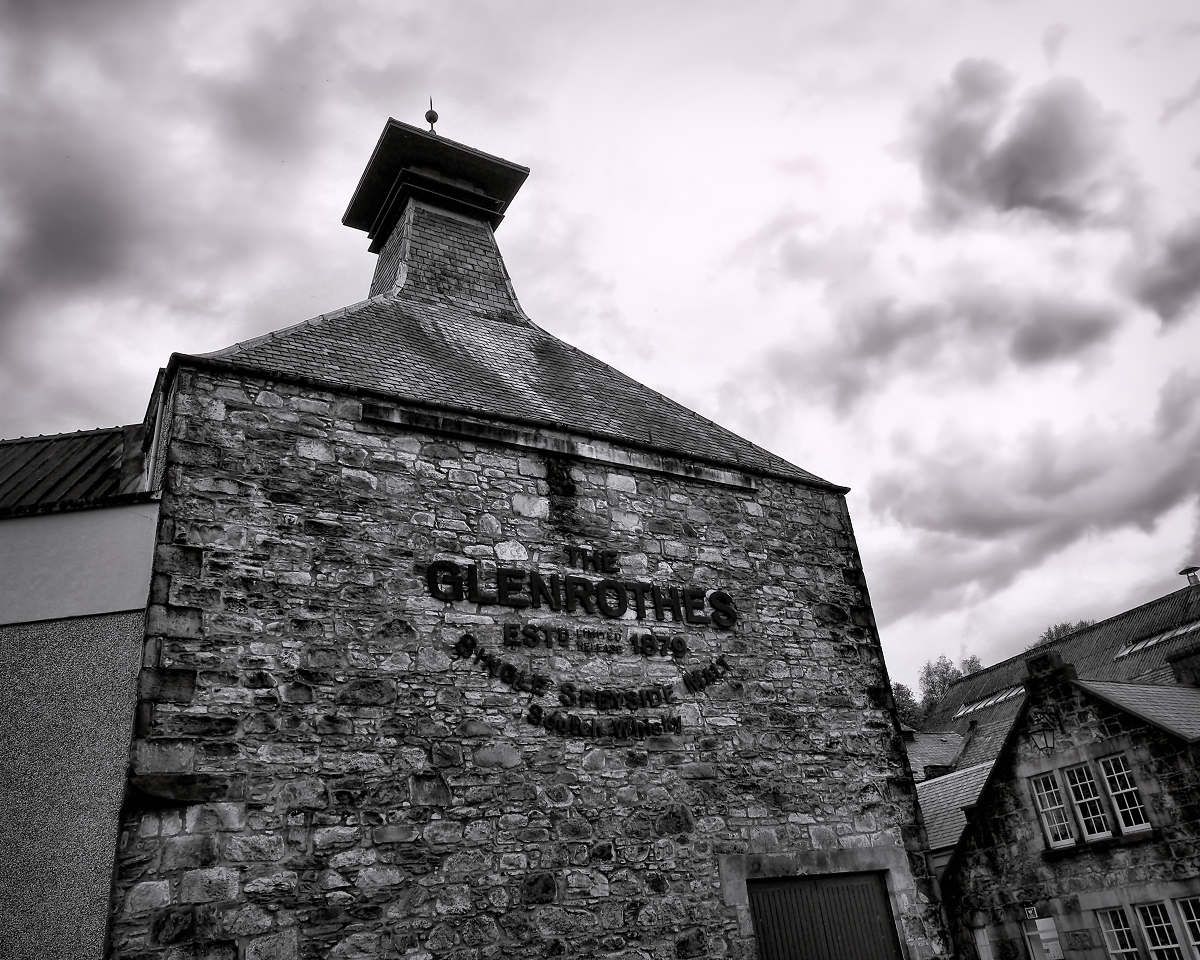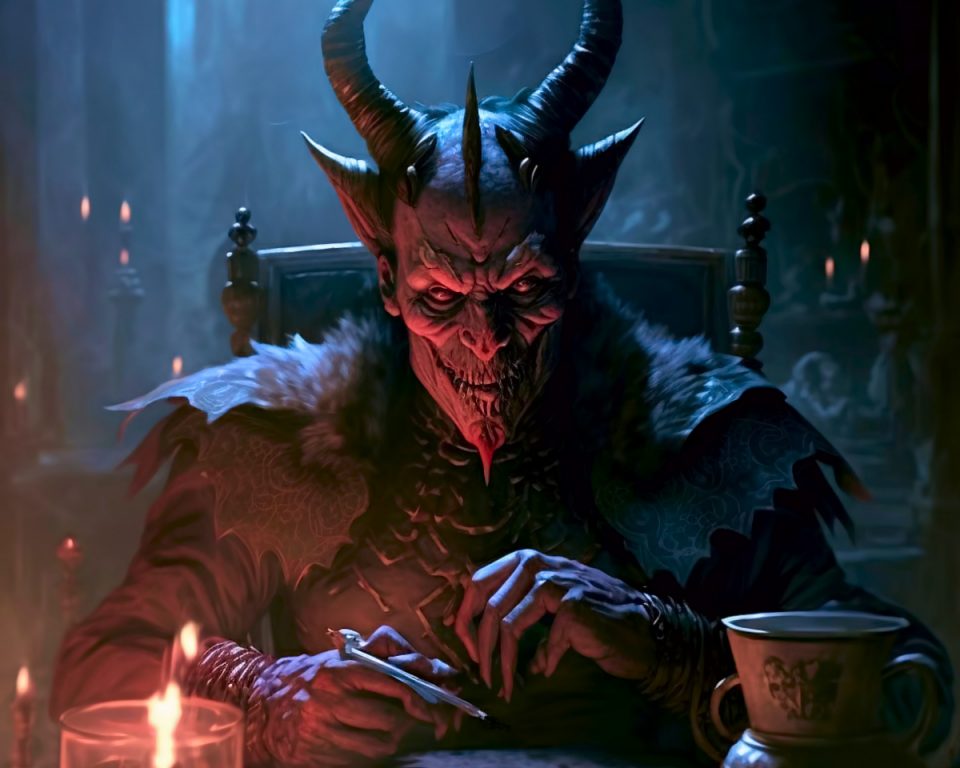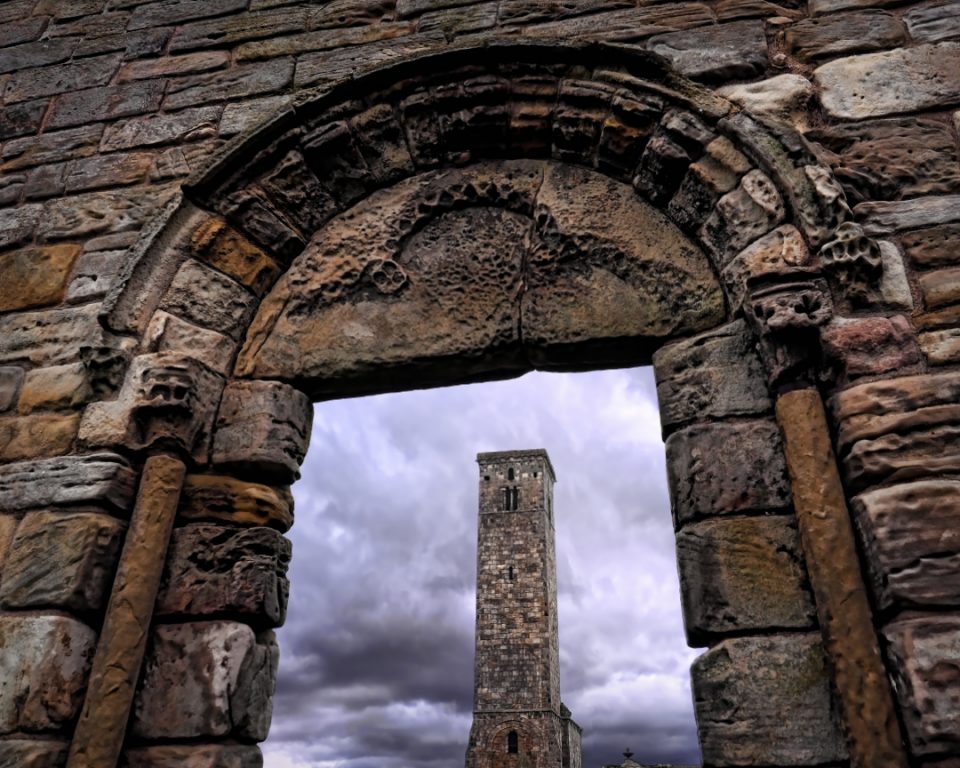Of all the buildings associated with ghosts, in my mind, a distillery is one of the least likely to be haunted but this is not the case with the Glenrothes Distillery: it is said to be haunted by the ghost of one Biawa ‘Byeway’ Makalanga. How Byeway found himself in the small Moray village of Rothes is an intriguing tale in itself.
The Glenrothes Distillery and the Legend of Byeway
In Speyside, the word ‘spirit’ usually has one meaning: whisky! Small wonder as Speyside boasts the highest concentration of whisky distilleries anywhere in the world. However, at the Glenrothes Distillery, a spirit of another kind is remembered in the form of “a toast to the ghost” before each tasting. Over the years many a dram has been consumed in the memory of one Biawa ‘Byeway’ Makalanga. But how did the Glenrothes become Speyside’s most haunted distillery? After all, Byeway was associated with the family which owned the Glen Grant Distillery further down the village.
Perhaps it is due to the distillery’s location. A graveyard lies across the street from the Glenrothes Distillery. For some reason, there is a black fungus which thrives at all of Scotland’s whisky distilleries but at Glenrothes, the fungus has spread further afield to blacken the gravestones, adding to the eerie effect. Is it any wonder that one of the residents in the cemetery had a restless spirit which found his way to the nearby still?
Major James Grant rescues Byeway
The real surprise in the story is that during his lifetime, Byeway’s connection with the whisky industry involved another distillery altogether. Major James Grant, the proprietor of the Glen Grant distillery was known to be a bit of an eccentric. Impulsive and innovative, he was fascinated by new ideas and wasn’t afraid to explore them. Thus, he became the first man in the Highlands to own a car. The Glen Grant was the first distillery to have electric lighting. He introduced tall, slender stills which give Glen Grant its unique malty flavour to this day.
Grant was a born adventurer and socialiser. In 1898, accompanied by his second wife Fanny, he set sail for Southern Africa in search of big game. Zimbabwe was in the grip of a famine and while travelling to Bulawayo, Grant and his companions ran into two skinny orphan boys accompanied by a cattle herder and his wife. The people in his hunting party felt that the boys’ chances of survival were slim if they remained with the elderly African couple.
One of the hunters declared that he would take the younger child home with him as his servant. The Major decided that he would take the other. Thus, the bewildered Byeway found himself travelling across an ocean to the small village of Rothes.
Byeway the Child
Although little is known of Byeway’s early childhood, it is likely that the name Biawa is a corruption of the Shona word, pronounced ‘beewa’ meaning stolen. There is a distinct possibility that Byeway had been stolen from his original parents.
On his return, the Major employed the Biawa as his pageboy, dressing him in a Little Lord Fauntleroy suit and a high white starched collar. Between duties, Biawa attended the local school and soon spoke English with a local Rothes accent.
The Amazing Life of Byeway
If the start of Byeway’s life was unusual, he went on to live a remarkable life. He became the Major’s footman and general servant. Then with the onset of World War I, found himself conscripted into the army. He joined the Northamptonshire regiment stationed at Fort George, and later served in the Middle East. He was awarded the British War Medal and the Victory Medal.
After he was demobbed, he returned to Rothes and resumed his duties at Glen Grant House. He also joined the local amateur football team, Rothes Victoria, where he yearned the reputation as a solid and reliable goalkeeper. It has been said that he was the only African butler to ever play for a Scottish team.
When his playing days were over, he remained loyal to the team and regularly attended home games after the club joined the Highland League as Rothes FC. Indeed, he became so much of a fixture that he was eventually given a complimentary seat in the stand and a half-time cup of tea. On the rare occasion when he watched Rothes at an away match, he travelled on the team bus.
The Passing of Major Grant
In 1931, Major Grant died but made provision for his heirs to maintain Byeway. Glen Grant House was requisitioned during World War II and he was forced to take on employment as a servant in Lossiemouth. He did not enjoy this. After the war, he returned home to Rothes. However, Glen Grant House was turned into flats and let out to the still workers. Byeway was to find himself living in one of the apartments and provision was made for him to get his meals daily from the Seafield Arms in the village.
Byeway died in 1972. Nobody knew his exact age, although he was thought to have been around 80 years old. He left his life savings to Rothes Football Club.
The Ghost of Byeway
Byeway was laid to rest in a grave overlooking the Glenrothes distillery. All seemed to be well with the situation. Then a new still house was opened in 1980. The new number 3 still was not performing as well as it should. Around this time, Byeway began to make appearances in the Glenrothes distillery. One thing was for sure, Byeway was not haunting the distillery in search of a dram. He never did develop a taste for the local whisky. His favourite tipple was gin and tonic.
So, what had upset the spirit of this modest and gentle African man?
Professor Cedric Wilson puts Byeway to rest
The story of the Glenrothes apparition reached the ears of Cedric Wilson, Professor of Pharmacology at University College Dublin. He was also an expert in paranormal phenomena and in ley-lines. Although the distillery management was highly sceptical, they gave the Professor permission to visit the distillery during the distillery’s silent period, in August 1981.
The visiting Professor’s suspicions were confirmed. The new build had damaged an important ley-line. This line passed through Rothes Castle, the distillery, Rothes Cemetery and from thence to the Coleburn Stone to the Pictish Fort at Burghead. Iron rods were hammered into the damaged ley-line to correct the energy flow.
The ghost has not been seen since.
What do you think? Why was it the spirit of Byeway who was unsettled by the disrupted ley-line? Please write your thoughts in the comments box below. If you enjoyed this article, please use the icons below to share the spooky!




